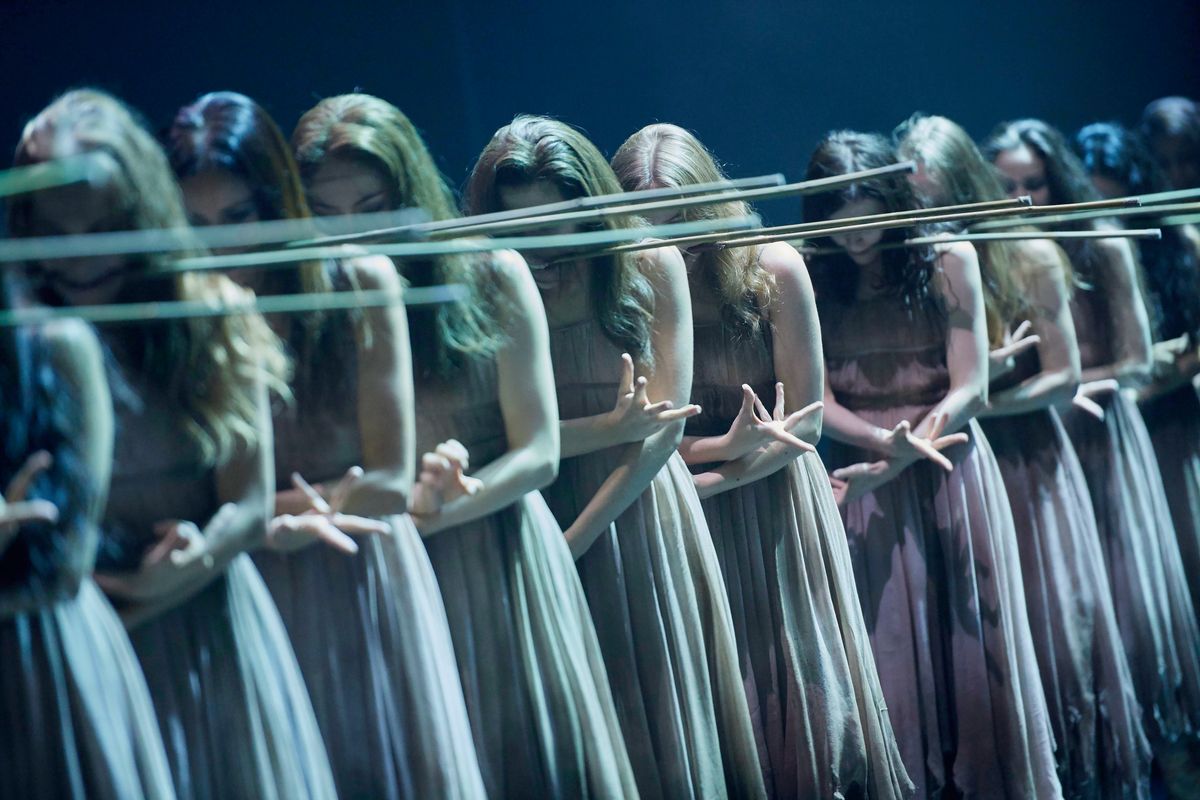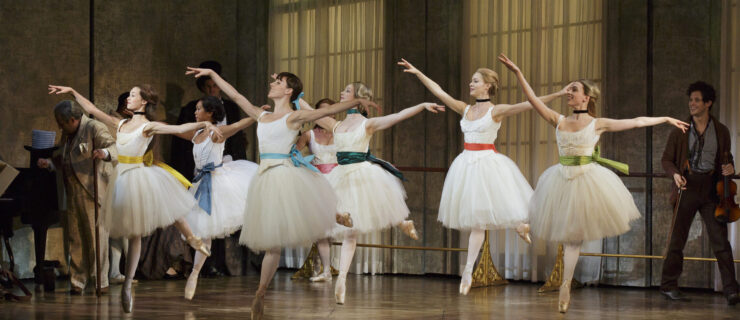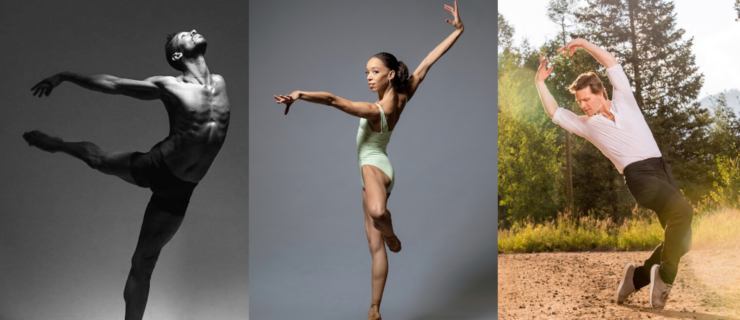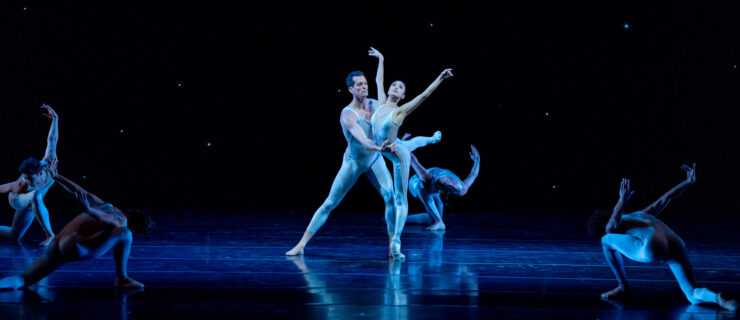English National Ballet's Tamara Rojo on Bringing Akram Khan's "Giselle" to Chicago: "We Would Love the Whole World to See It."
This week (Feb 28-Mar. 2), English National Ballet brings Akram Khan’s widely acclaimed Giselle to Chicago’s Harris Theater, the company’s first U.S. appearance in 30 years. Commissioned by ENB artistic director Tamara Rojo, Khan, whose work combines contemporary dance and Indian kathak, takes a revisionist approach to the classic story, replacing peasants and aristocrats with migrant factory workers and wealthy landlords. The ballet’s look and sound have also been reinterpreted, with music by Vincenzo Lamagna (adapted from Adolphe Adam’s original score), sets and costumes by Academy Award-winner Tim Yip and lighting design by Tony-award winner Mark Henderson.
Pointe
spoke with Rojo to learn more about why she wanted to modernize one of ballet’s best-loved classics—and why the risk was worth it.
What inspired this revision of
Giselle?
I had been considering a new version of Giselle ever since I watched the film Dancer in the Dark with Björk. All I could think while watching it is that this was the story of Giselle in our times.
I had been following Akram’s work for many years and when I became artistic director of English National Ballet, his Dust was the part of our Lest We Forget program that I commissioned first. I could see while working with him on Dust that his inclination for narrative and spirituality were the perfect combination to reconsider Giselle. At first he was a bit taken aback, as he wasn’t entirely familiar with the ballet, but happily, he said yes.
Character for character, what will the audience see that is different, but which will deepen the significance of this work for the present day?
We did a deep and prolonged analysis of the narrative and each character in Giselle. Essentially they remain the same, though one important difference is that Giselle is not a young ingénue, but a strong woman who is also a leader in her community.
What does this production ask of the dancers that the classical
Giselle does not?
It is more physically demanding, as it requires both strong classical technique and contemporary movement, but more importantly, it asks for an open mind, a willingness to explore this traditional piece from a new perspective, and a commitment to the integrity and honesty in each role every second that the dancers are onstage. I’m very fortunate that the dancers in this company are incredibly strong and committed.
What problems did Akram encounter and how did he solve them?
I think the major problem we faced was a change of composers just a few weeks before the premiere. Luckily, Akram brought in Vincenzo Lamagna, who performed a miracle, composing day and night so we could have a score by opening night!

Alina Cojocaru and Isaac Hernandez in Akram Khan’s “Giselle.” Laurent Liotardo, Courtesy ENB.
Can you share some notable reactions from audience members as
Giselle toured England?
One of the most satisfying aspects of this work is that it attracted many new audience members who had never before considered coming to watch ballet, both in London and around the UK. One of the most important aspects of our vision and mission is to continue to grow the audience for our art form.
What are the sets and costumes like?
The production was designed by Tim Yip, who had previously done the film, Crouching Tiger, Hidden Dragon. He created a world in which Giselle lives, where two social classes are separated by a wall, something that seems particularly relevant now. It also serves as the separation between the living and the dead. The costumes are not clearly defined by a historical period, making the whole production feel both new and timeless.
Where else would you most like to tour this work?
It has been our most successful production so far, which has opened many opportunities for international touring. We have gone to New Zealand, now Chicago and next we are taking it to Luxembourg and the Bolshoi in Moscow. We have several additional tours next season, and I hope we can visit more cities in the United States in the near future. It is a production we are very proud of and would love the whole world to see.




